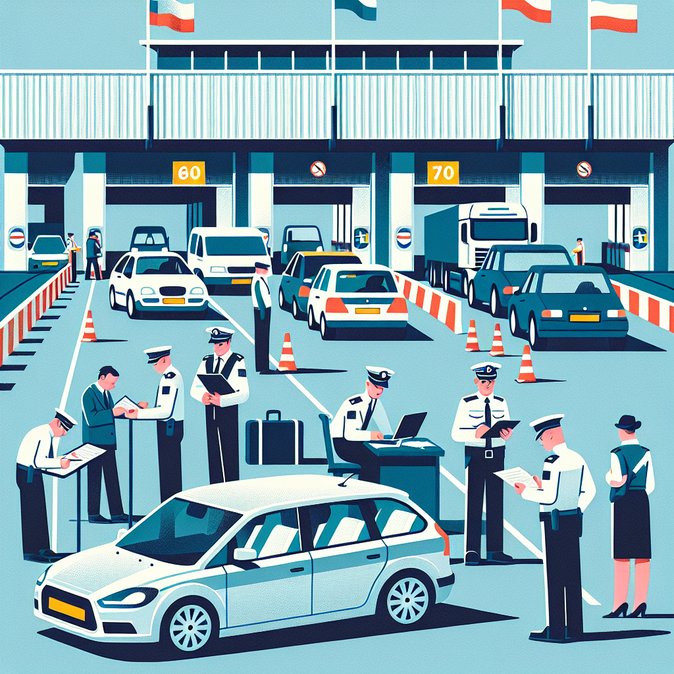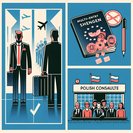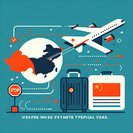
The Dutch cabinet has confirmed that the temporary checks it re-introduced at its land borders with Germany and Belgium in late 2024 will be prolonged for another six months, until 8 June 2026. Minister for Asylum and Migration David van Weel said the decision is driven by “persistent irregular migration and cross-border criminality.”
Why it matters for Poland: some 14,000 Polish nationals commute weekly into the Netherlands, mostly in logistics, horticulture and food processing. Over 2,500 Polish-registered trucks cross the Dutch–German frontier every day, according to the Polish Road Transport Institute. While the Marechaussee insists that checks are intelligence-led and non-systematic, hauliers already report sporadic delays of 15–30 minutes that translate into an estimated €75–€100 per vehicle hour. Polish freight forwarders fear higher overtime costs and potential breach of drivers’ working-time limits during the busy Christmas season.
![Dutch Border Controls Extended to June 2026: New Hurdles for Polish Drivers and Cross-Border Workers]()
Compliance tips:
• Firms should brief drivers to carry passports, residence cards and posted-worker A1 forms.
• Allow extra buffer time on routes E30 (A12) and E40 (A76), the two Dutch crossing points with the highest inspection density.
• Polish business travellers should keep proof of accommodation and meeting invitations handy; failure to produce documentation can result in refusal of entry under Article 14 of the Schengen Borders Code.
Regional context: the Netherlands is now one of nine Schengen members with internal controls. The same government notice lists Poland’s own controls on the German and Lithuanian borders (in force until 4 April 2026). The trend signals a patchwork Schengen, forcing multinationals to monitor each leg of intra-EU itineraries.
Looking ahead: logistics associations in both Poland and the Netherlands are lobbying Brussels for a fast-track lane for authorised carriers if the “temporary” regime drags on. An evaluation report is due from The Hague in March 2026; businesses should prepare for another extension unless EU-wide asylum reforms reduce pressure on Dutch reception centres.
Why it matters for Poland: some 14,000 Polish nationals commute weekly into the Netherlands, mostly in logistics, horticulture and food processing. Over 2,500 Polish-registered trucks cross the Dutch–German frontier every day, according to the Polish Road Transport Institute. While the Marechaussee insists that checks are intelligence-led and non-systematic, hauliers already report sporadic delays of 15–30 minutes that translate into an estimated €75–€100 per vehicle hour. Polish freight forwarders fear higher overtime costs and potential breach of drivers’ working-time limits during the busy Christmas season.

Compliance tips:
• Firms should brief drivers to carry passports, residence cards and posted-worker A1 forms.
• Allow extra buffer time on routes E30 (A12) and E40 (A76), the two Dutch crossing points with the highest inspection density.
• Polish business travellers should keep proof of accommodation and meeting invitations handy; failure to produce documentation can result in refusal of entry under Article 14 of the Schengen Borders Code.
Regional context: the Netherlands is now one of nine Schengen members with internal controls. The same government notice lists Poland’s own controls on the German and Lithuanian borders (in force until 4 April 2026). The trend signals a patchwork Schengen, forcing multinationals to monitor each leg of intra-EU itineraries.
Looking ahead: logistics associations in both Poland and the Netherlands are lobbying Brussels for a fast-track lane for authorised carriers if the “temporary” regime drags on. An evaluation report is due from The Hague in March 2026; businesses should prepare for another extension unless EU-wide asylum reforms reduce pressure on Dutch reception centres.










